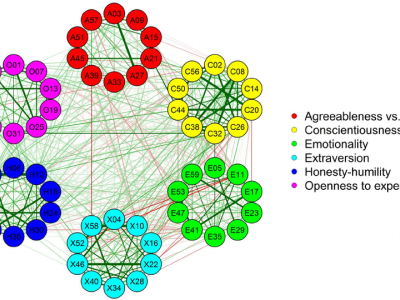
The purpose of the present study is to examine the influence of big five personality traits viz., extraversion, agreeableness, neuroticism, conscientiousness, openness on impulse buying behaviour of consumers and investigate the mediating role of shopping enjoyment tendency. Employing structural equation modelling empirical data was collected from 326 consumers in India that revealed a statistically significant impact of four of five personality traits viz., extraversion, agreeableness, neuroticism, conscientiousness.
- Categories:


